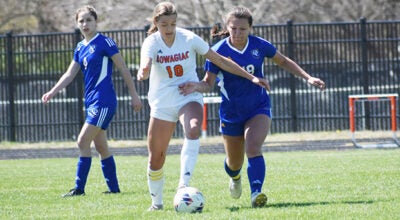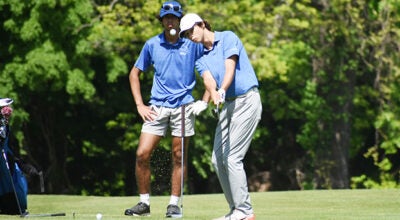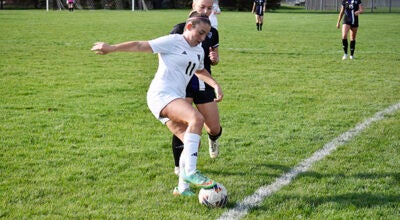Cathy Elliott: Backbone of a race team
Published 8:53 pm Friday, August 14, 2009
Following what I considered a fairly rigorous workout recently — rearranging the furniture in the living room — I woke up the next morning with a sore back.
I dealt with the problem the old-fashioned way. I popped about four Tylenol tablets, and then shuffled around like a 90-year-old man for three days or so, whining incessantly about the pain.
Looking back, I wonder how I would have behaved if I had been slammed by a 3,400-pound stock car traveling at a high rate of speed before T-boning a steel guard rail?
This scenario, inconceivable in the life of a “real” person, is exactly how things played out for Jeff Gordon at Watkins Glen International on August 10.
Immediately following the incident, Gordon crawled out of the car window and went through several live interviews before heading back to his family, his motor home and, I’m betting, the Tylenol bottle.
Then came the backlash. Speculation has been running rampant on whether Gordon would race at Michigan on August 16, and whether Hendrick Motorsports would have a standby driver ready to take the wheel at NASCAR’s pinball machine, Bristol Motor Speedway, on August 22.
Would Gordon be able to finish out the season? Would this hurt his championship Chase chances?
All this outcry is understandable, because Gordon really laid it on thick in those post-incident interviews at WGI. It was hard to listen to all that bellyaching. What he said, roughly paraphrased, was, “My back hurts.”
Can you believe this guy? What a whiner.
NASCAR was built on the foundation of fortitude laid down by pioneer drivers such as Buck Baker, Curtis Turner and later, Bobby Allison and Dale Earnhardt. Those were the good old days, in the minds of many, when men were men.
But are size and strength necessarily the same thing? With a few notable exceptions, today’s race car drivers tend to be more compact in size. One might say they’re aerodynamic, like their cars.
They aren’t the bulkiest of athletes, but make no mistake — the sport got where it is today by riding on the strong backs of men who may not be physically imposing, but have nevertheless cut a broad swath in the path to popularity. They may not loom as large in real life as their predecessors, but when it was their turn to carry the load, they have proven more than capable.
Jeff Gordon is chief among these.
Like politicians, businessmen and stars of other non-sports related endeavors, on rare occasions one man comes along who effects a real, significant change, who is the catalyst for transition from one level or generation to the next. At that intersection of Mainstream Popularity and NASCAR, Gordon stands as the signpost that has always simply read, “Go.”
Athletes who can’t, or won’t, play through the pain can often be the objects of fans’ negativity. They don’t like to accept the reality of the situation. “Shake it off,” they say. “Rub some dirt on it.”
There is a particular risk of this in NASCAR, where all hopes of winning are pinned on the single backbone of the team — the driver. The idea that he might even consider sitting out a race because of something like back pain can have only two results.
His loyal followers will be wincing in pain themselves, because especially in the case of a driver like Jeff Gordon, a backup simply cannot replace a frontrunner.
On the other side of the fence, his detractors will be gleefully hurling the slings and arrows of outrageous misfortune directly at their target. The more verbose among them might be heard to say, “Shake it off, Pretty Boy,” while the taciturn types will simply mutter, “Wimp.”
But Gordon has heard comments like these from the earliest days of his NASCAR Sprint Cup Series career, and he has responded the same way each time. With a straight back and head held high, he went out and won races. And poles. And championships.
Cathy Elliott writes a NASCAR column.






